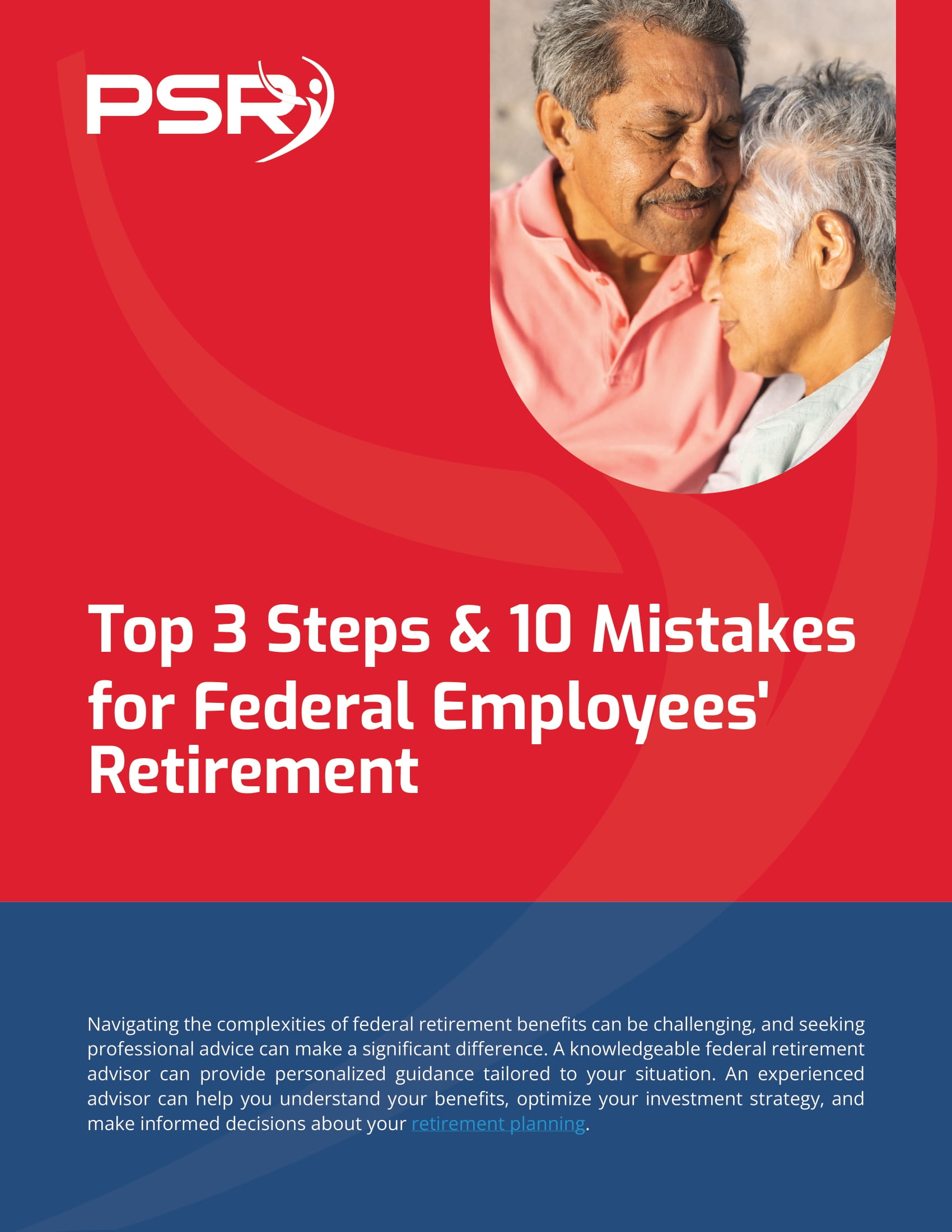We’re at the midpoint of the year. It is time for FERS employees to review their TSP investments to check whether they will lose government contributions to their TSP accounts (as they tend to hit the annual investment dollar limit of their reports early). This year’s cap is $19,500 (a combined limit including traditional pre-tax TSP investment and after-tax Roth investment, for those making investments in both types).
Every FERS investor must structure their investment to continue investing at least 5% of their salary, the amount producing maximum government contribution, throughout the pay period of the year.
Some employees start investing at high rates at the beginning of the year to save more money in the TSP and benefit from potential tax-advantaged growth for a longer duration, called “front-loading” investing. Those FERS employees are the ones more interested in reviewing their situation now.
Suppose a FERS investor manages to hit the dollar cap before the last pay period of the year. In that case, their investment will shut off for the next year and will be able to match the government-matching contributions of 4% of salary (their 1 % salary government contribution would continue). Once an employee loses this matching contribution, they cannot recoup up with it. To prevent this situation, an investor needs to come up with a new investment allocation.
There might be a situation where they may be looking up to their payroll offices to find out their distribution dates in the year by the time they make a change, to create a TSP payroll withholding to get maximum benefits.
The scenario is different for CSRS investors, with no government contributions.












